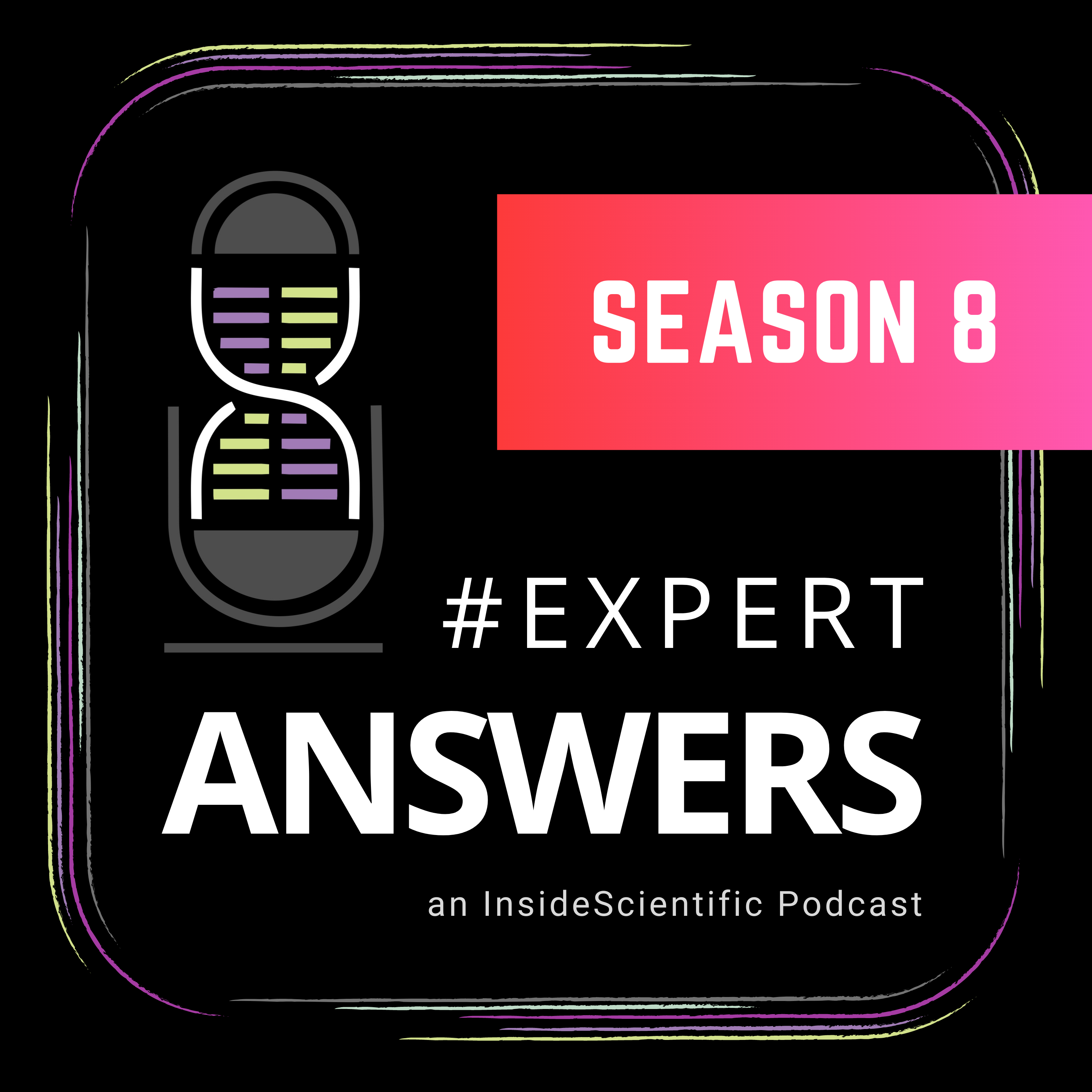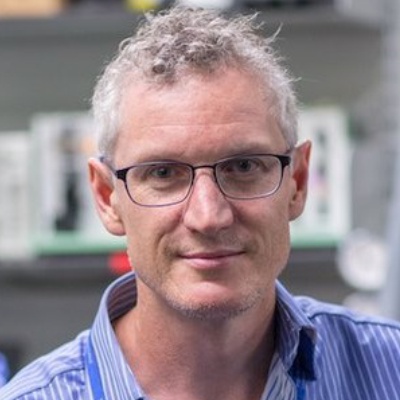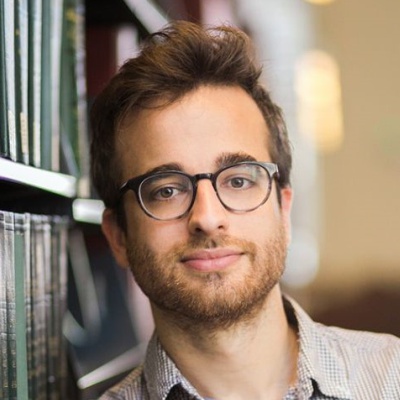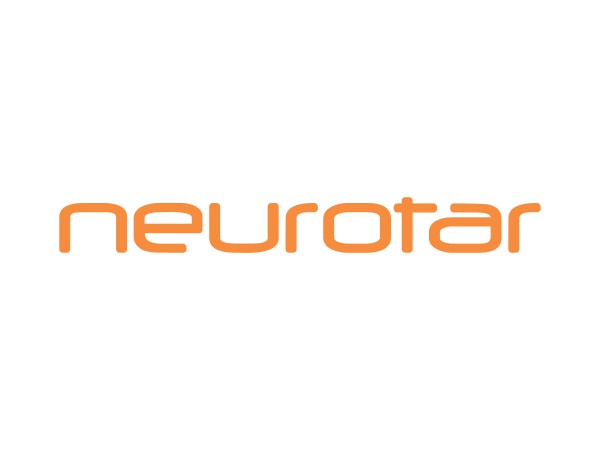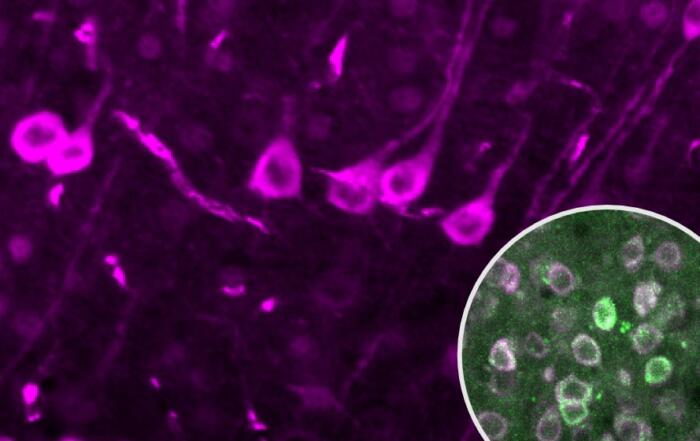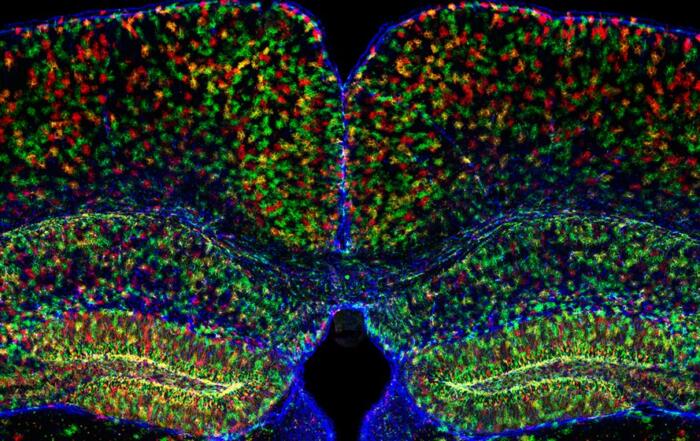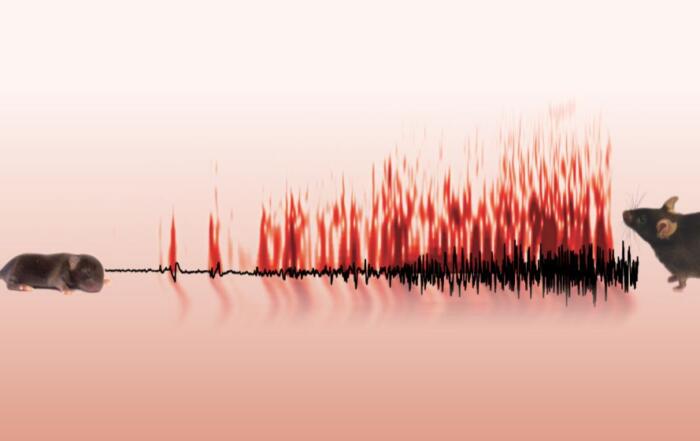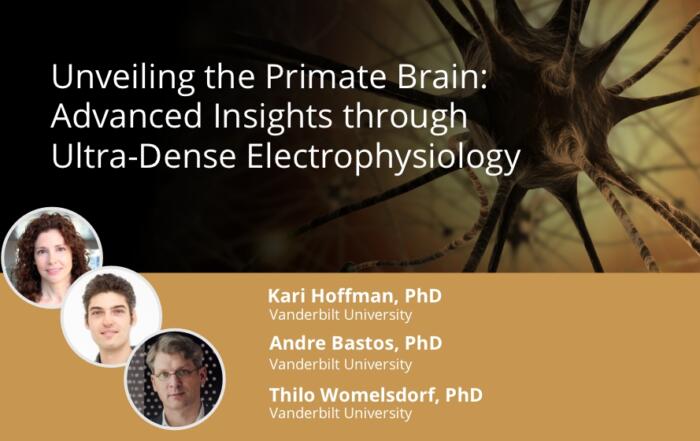Hippocampus is essential for spatial navigation and episodic memory: it is often used as a model for investigating cellular mechanisms underlying learning and recall.
While two-photon imaging is beneficial for studying these complex cognitive functions, combining it with complex behavioral tasks is challenging. Until recently, virtual reality (VR) systems offered the only solution for integrating microscopic imaging with complex behavior under head-fixation conditions. Unfortunately, virtual reality relies almost exclusively on vision and does not integrate tactile feedback, which is more behaviorally relevant for mice, especially in the context of spatial navigation.
In this webinar, Prof. Simon Schultz (Imperial College London, UK) and Prof. Michael Goard (UC Santa Barbara, USA) present an alternative approach. Their studies of neuronal circuits across major hippocampal regions rely on using two-photon microscopy in awake head-fixed mice navigating the tangible real-world environment of an air-lifted cage or maze.
Key Topics Include:
- Studying spatial navigation and memory under head-fixation conditions
- Two-photon calcium imaging in the hippocampus of awake behaving mice
- Assessing spatial activity in hippocampal neurons using an air-lifted cage
- Place cells mapping in a virtual reality system vs. in a real-world environment of an air-lifted cage
- Tracking spine morphology across multiple sessions using 2-photon structural imaging
Resources
To retrieve a PDF copy of the presentation, click on the link below the slide player. From this page, click on the “Download” link to retrieve the file.
Presenters
Professor of Neurotechnology
Department of Bioengineering
Imperial College London
Assistant Professor
Molecular, Cellular, and Developmental Biology Department
UC Santa Barbara
